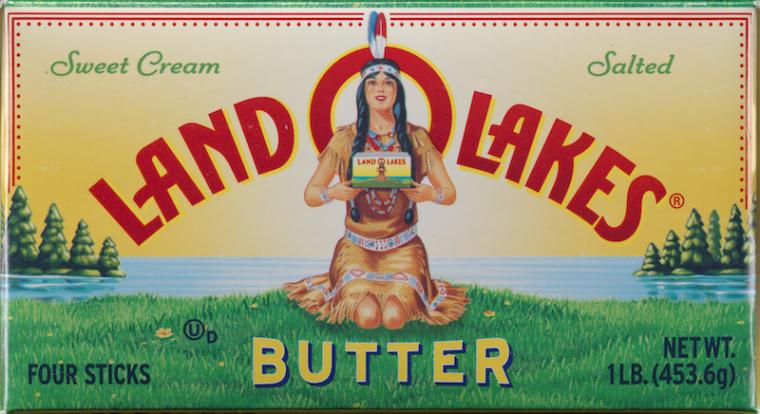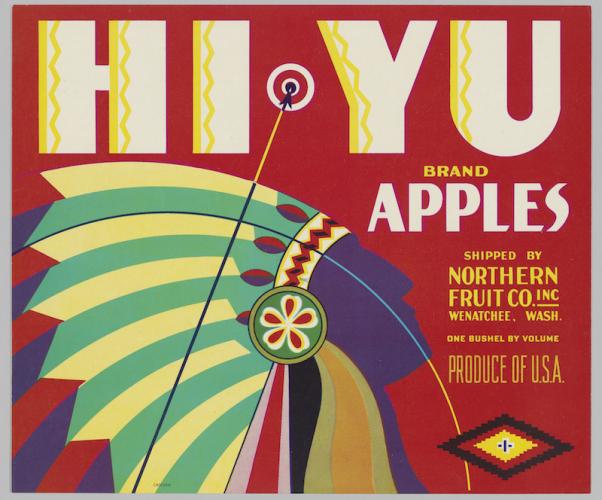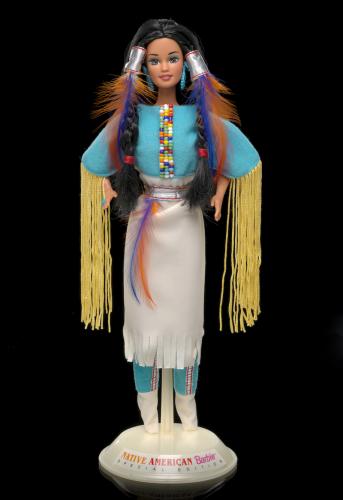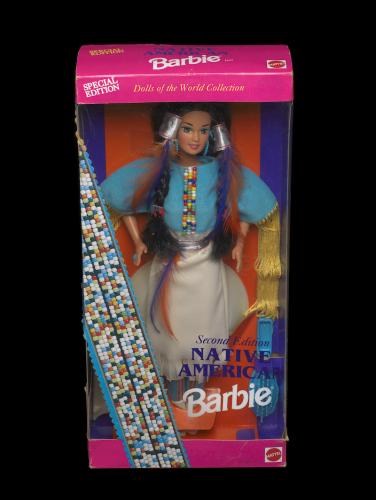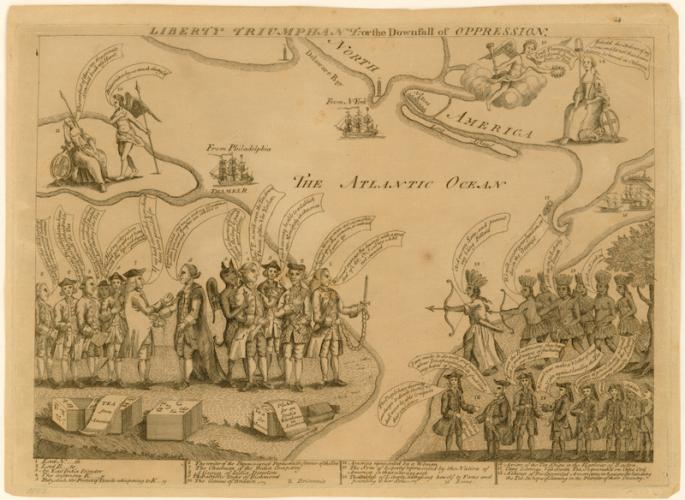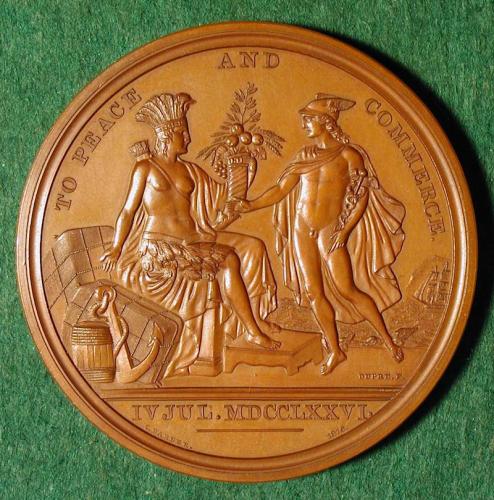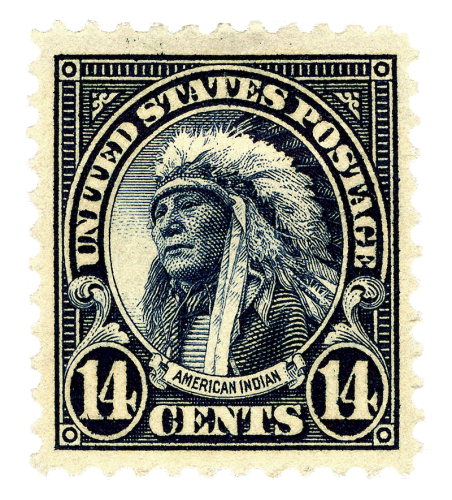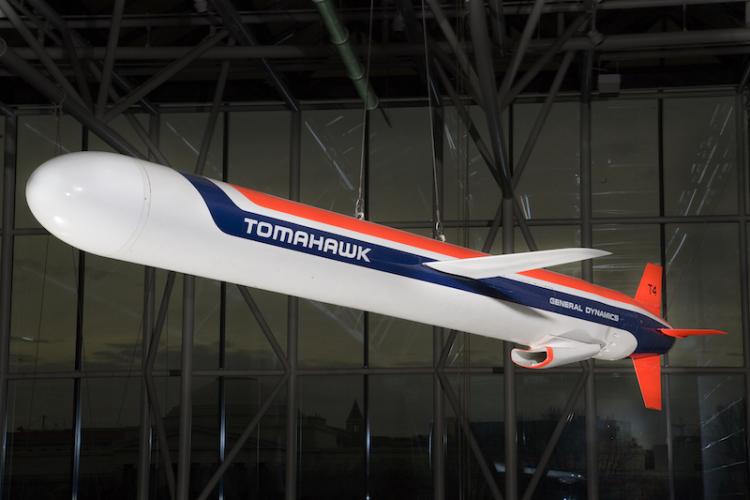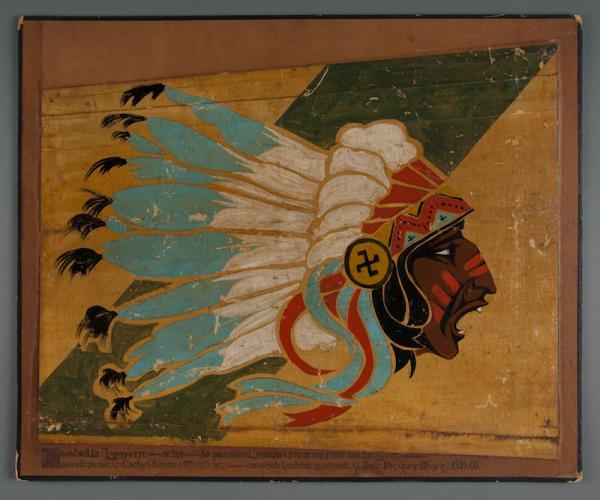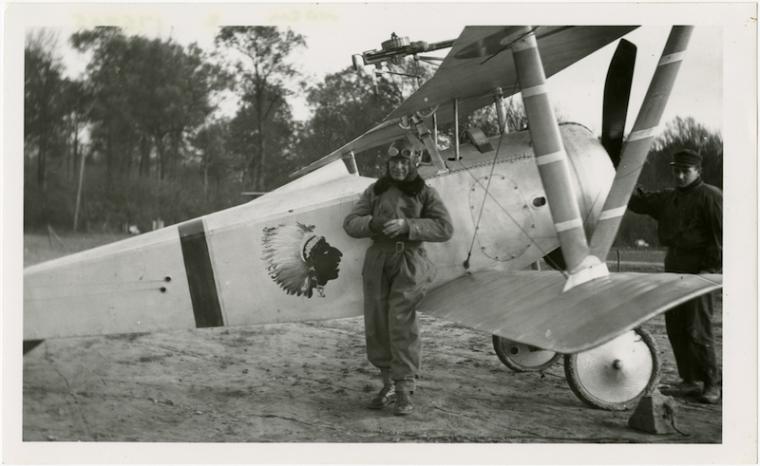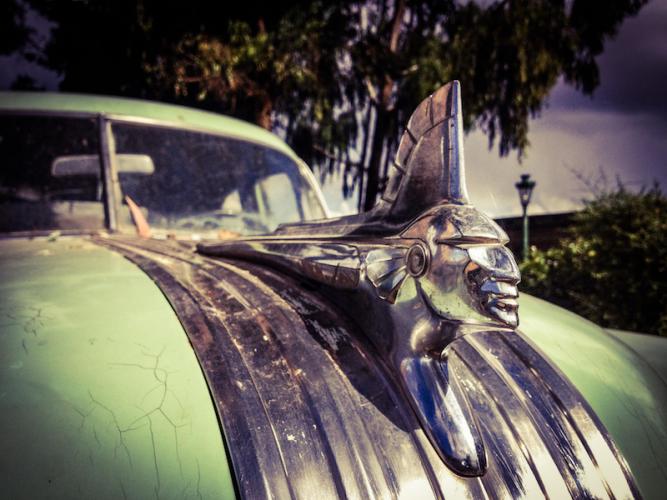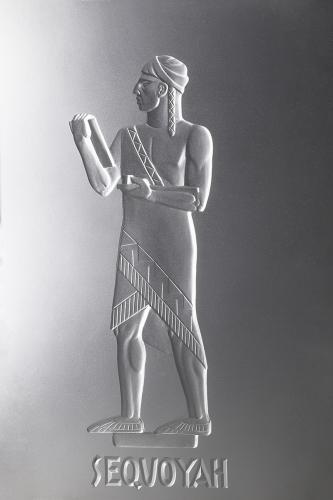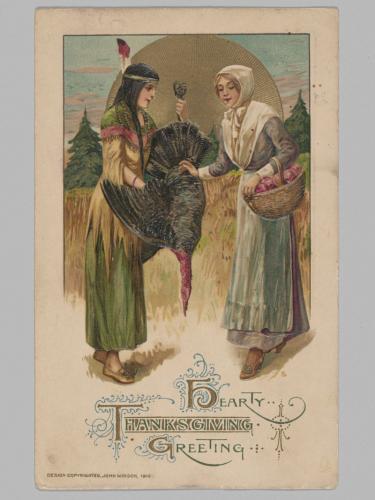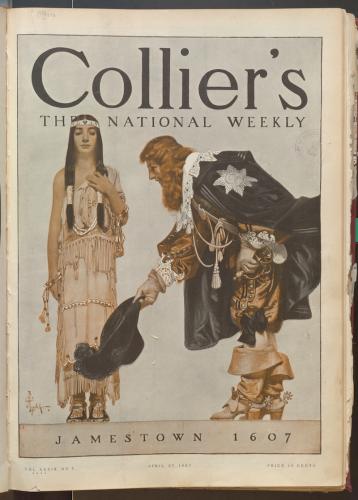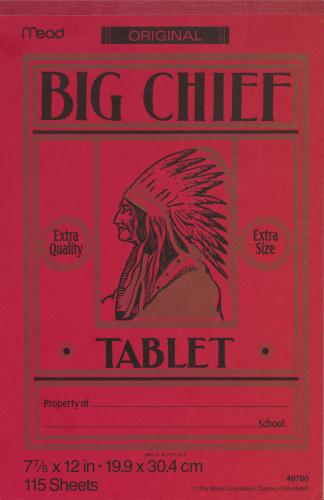Moving beyond discussions about the politicization of visual culture in the United States, the Museum’s exhibition Americans (opening this fall in Washington, D.C.) delves deeply into the reasons behind this phenomenon. Whether viewed sweepingly or considered in detail, the exhibition’s central gallery, titled Indians Everywhere, reveals the historical extent of this imagery – its use began with Paul Revere and the revolutionary generation and has continued to the present day – as well as the unexpected, sometimes paradoxical contexts in which it appears. American Indian imagery has been used by the federal government to distinguish the United States from other nations and to define the nation for its citizens, by U.S. armed forces to express military might, by American corporations to signify integrity and by designers, such those who created the 1948 Indian motorcycle, to add luster and cachet to commercial products.
Within the Americans exhibition, Indians Everywhere provides a starting point for exploring four foundational events in U.S. history: the life of Pocahontas, Thanksgiving, the Trail of Tears and the Battle of Little Bighorn. Americans shows how each of these events has affected and shaped America’s national consciousness and Americans’ lives.
The exhibition’s title is a play on words. In the Oxford English Dictionary, the first definition provided for “American” is “An indigenous inhabitant of (any part of) the Americas; an American Indian.” This usage was common until the early 19th century. As visitors move through Americans, from the imagery of the Indians Everywhere gallery to the galleries featuring the four events, they will gain a greater awareness of the history Indians and non-Indians share.
We hope people will leave the Museum newly attuned to the pervasive presence of American Indian imagery in everyday life. And when people begin to notice the Indian images and names that permeate their own lives, we hope that they will see this phenomenon for what it is: one that exists in the United States more than it does in any other country, one that ultimately speaks to the fact that the United States was carved out of American Indian land, and that its history is profoundly intertwined with American Indians.

